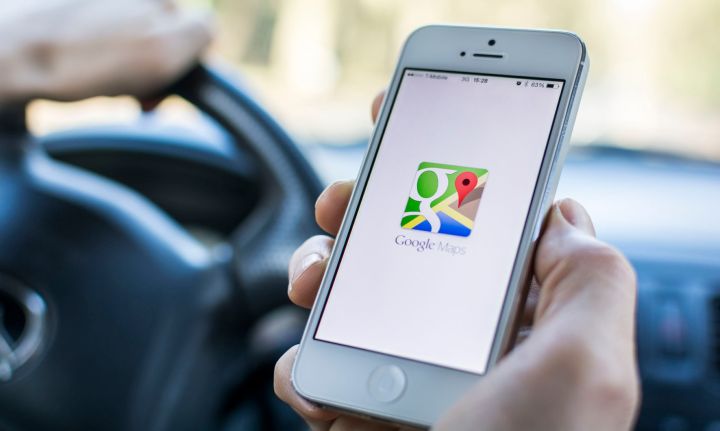
While Google may have intended the feature to encourage folks to forego other forms of transportation in favor of a more environmentally friendly and healthful option, it had a rather triggering effect on some users.
Do they realize how extremely triggering something like this is for ppl who have had eating disorders? Not to mention just generally shamey
— Taylor Lorenz (@TaylorLorenz) October 17, 2017
Part of the problem, perhaps, was that in addition to telling folks how many calories they’d burn by walking, Google Maps also attempted to quantify this amount in terms of food. For example, Katie Notopoulos of BuzzFeed was told that she’d burn almost four mini-cupcakes worth of calories by walking nearly an hour and a half from her apartment to Times Square. Not quite the payoff that you might expect.
Google also had an additional three dots option users could tap to learn more about the calorie counter information, which noted that the average person burns 90 calories by walking a mile (is that really it?) and that a mini-cupcake contains about 110 calories.
Of course, this presented a rather one-dimensional view of health metrics. As Taylor Lorenz of The Hill pointed out, the calorie estimates Google provided didn’t take an individual’s stats (like height, weight, and overall fitness levels) into consideration. Plus, the choice of mini-cupcakes as a benchmark certainly seemed like an odd choice (one Twitter user noted, “I don’t even eat cupcakes“).
any woman could have told you this is a supremely bad thing a) to do b) to not be able to turn off https://t.co/QKLv74R2Lw
— Casey Johnston (@caseyjohnston) October 17, 2017
After the Twitterverse weighed in with their thoughts (and their thoughts were numerous), Google wasted little time removing the feature altogether. The tech company confirmed to BuzzFeed News that due to “strong user feedback,” the calorie counter in Google Maps would be deactivated. Luckily for Google, the feature was only ever a test, and available only to iOS users.
Editors' Recommendations
- Your Google Pixel 8 is getting this cool missing feature after all
- Google Maps got a major update, and people hate it
- Google Maps directed man to drive off collapsed bridge, lawsuit claims
- Google gives Maps’ Immersive View a boost and adds a new vibe feature
- This new Google Lens feature looks like it’s straight out of a sci-fi movie


